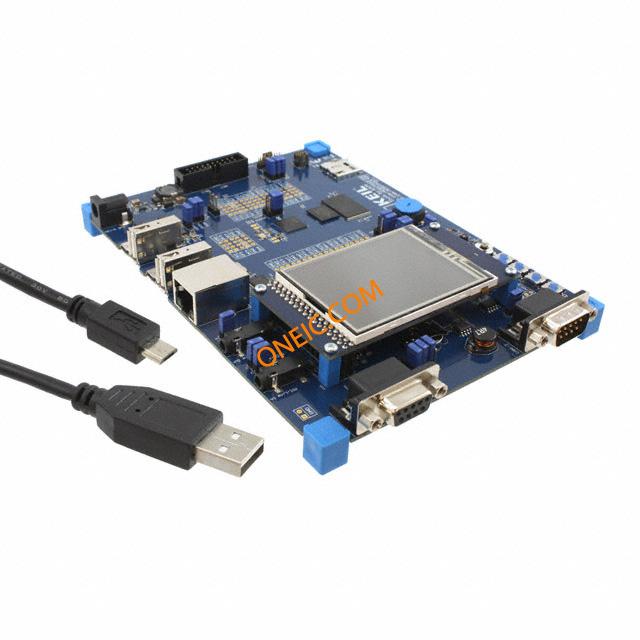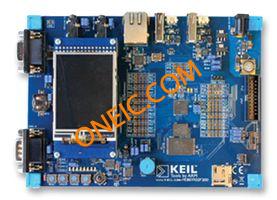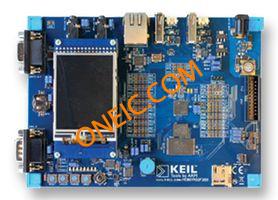MCBSTM32F400
ARM-based evaluation boards for STM32F407IG microcontroller development
Manufacturer: ['arm-ltd', 'keil']
series introduction
# Introduction to the MCBSTM32F400 Product Series
## 1. Overview
The MCBSTM32F400 product series is a remarkable offering in the realm of microcontroller development boards. These boards are built around the powerful STM32F400 microcontrollers from STMicroelectronics, which are part of the popular STM32 F4 series. The MCBSTM32F400 series provides developers with a comprehensive and accessible platform for creating a wide range of embedded applications, from simple control systems to complex multimedia and industrial applications.
## 2. Key Features of the STM32F400 Microcontroller
### 2.1 High - Performance ARM Cortex - M4 Core
- The STM32F400 microcontrollers are based on the ARM Cortex - M4 core with a floating - point unit (FPU). This core can operate at a maximum frequency of up to 100 MHz, enabling high - speed data processing and complex algorithm execution. The FPU allows for efficient handling of floating - point arithmetic, which is crucial for applications such as signal processing, robotics, and motor control.
- It supports the ARMv7 - M architecture, which provides a rich set of instructions for enhanced performance and code density. This results in more efficient code execution and reduced memory requirements.
### 2.2 Memory Configuration
- **Flash Memory**: The STM32F400 microcontrollers come with up to 1 MB of on - chip flash memory. This large flash memory capacity allows developers to store complex application code, including operating systems, drivers, and user - defined functions.
- **SRAM**: There is up to 192 KB of static random - access memory (SRAM). The SRAM is used for storing variables, data buffers, and the stack during program execution. The ample SRAM size ensures smooth operation of applications that require significant data storage and manipulation.
### 2.3 Peripherals
- **Communication Interfaces**: The MCBSTM32F400 series offers a wide range of communication interfaces, including multiple Universal Asynchronous Receiver - Transmitter (UART), Serial Peripheral Interface (SPI), and Inter - Integrated Circuit (I2C) interfaces. These interfaces enable seamless communication with other devices such as sensors, actuators, and external memory modules. Additionally, it supports USB 2.0 Full - Speed interface, which can be used for data transfer, device enumeration, and power supply.
- **Analog - to - Digital Converters (ADCs)**: It is equipped with high - resolution ADCs. For example, some models have 12 - bit ADCs with multiple channels. These ADCs can be used to convert analog signals from sensors (such as temperature sensors, pressure sensors, etc.) into digital values for further processing by the microcontroller.
- **Timers**: A variety of timers are available, including general - purpose timers, advanced - control timers, and basic timers. These timers can be used for tasks such as generating precise time delays, pulse - width modulation (PWM) for motor control, and event counting.
## 3. Features of the MCBSTM32F400 Development Board
### 3.1 On - Board Components
- **LEDs and Switches**: The development board typically includes a set of user - accessible LEDs and switches. The LEDs can be used for status indication, debugging, and user feedback, while the switches allow for user input and control of the application.
- **External Memory**: Some versions of the MCBSTM32F400 board may include external memory modules, such as Serial Flash or EEPROM. This additional memory can be used for storing large amounts of data, such as configuration files or
Images for reference

MCBSTM32F400

Image Preview

Image Preview